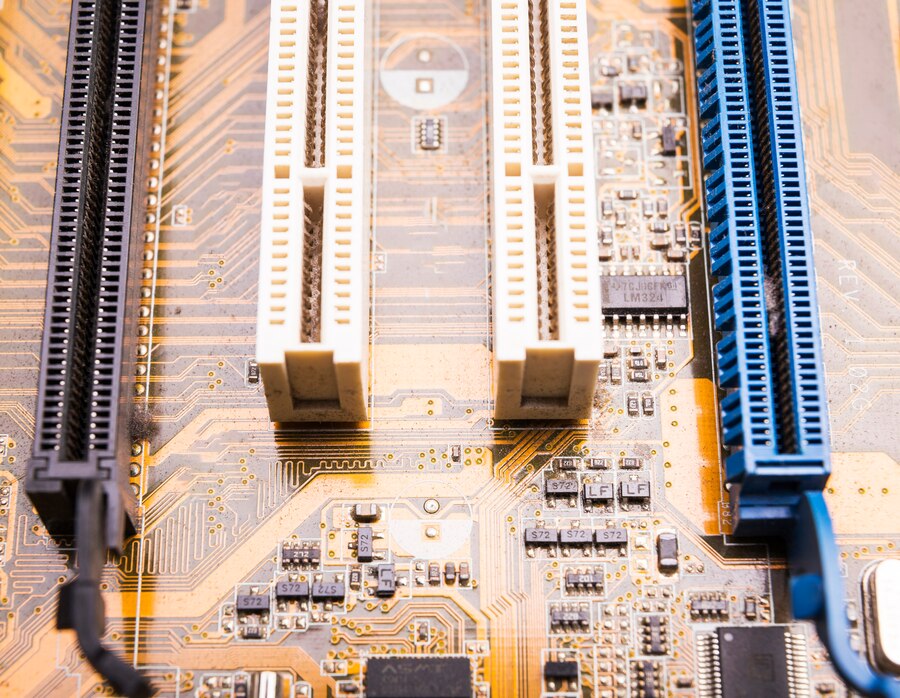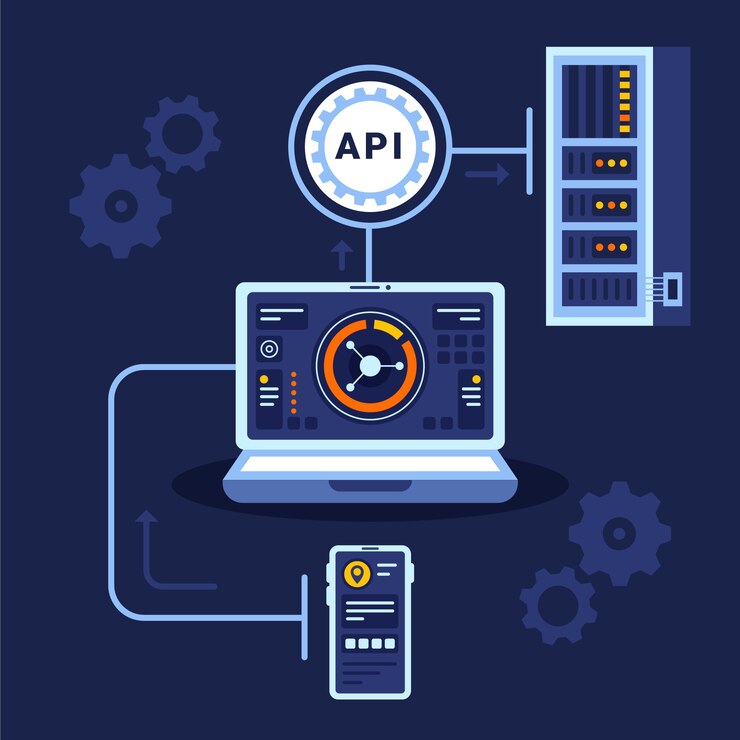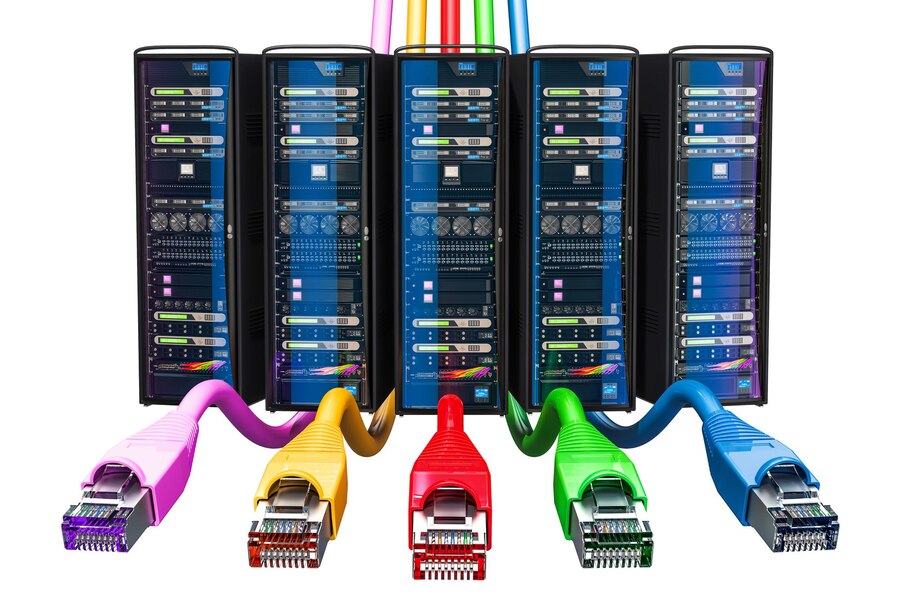TCP/IP MODEL aka DoD MODEL
 Abang Ayoma
Abang Ayoma 
Picture the journey of data through the internet as a package delivery service, where each layer plays a role in ensuring that your package (or data) reaches its destination safely and in good condition.
The TCP/IP model is composed of four layers, and each layer is like a stage in a well-organized delivery process.
1. Application Layer: The Customer Service Desk
The Application Layer is the starting point, like the customer service desk where you place your order. When you send an email, browse a website, or stream a video, this layer is where your request is made. It's the point where you interact with the network.
Analogy: Imagine you're ordering a book online. You visit the website, browse through the options, and finally place your order. The Application Layer is like the website interface and the customer service desk that handles your order, making sure your request (whether it's for a book or data) is properly processed.
In network terms, this layer handles things like web browsing (HTTP), email (SMTP), and file transfers (FTP). It’s where the user interacts with the network services.
2. Transport Layer: The Packaging Department
Once your order is placed, it needs to be packaged and prepared for shipping. This is where the Transport Layer comes in. It makes sure your data is packaged properly, and if it’s too big, it divides it into smaller pieces (called packets). It also ensures that these packets arrive at their destination safely and in the correct order.
Analogy: Your book is carefully packaged by the packaging department, which makes sure that it's secure and won't get damaged during transit. If your order includes multiple items, each one is individually wrapped and labeled to ensure everything arrives in the right order.

In networking, the Transport Layer uses protocols like TCP (Transmission Control Protocol) to ensure reliable delivery. If any packet is lost or damaged, this layer will resend it, just like the packaging department would replace a damaged item.
3. Internet Layer: The Addressing System
The Internet Layer is responsible for figuring out where your package needs to go and determining the best route to get there. It assigns an address to your package (in networking, this is called an IP address) and routes it through various postal hubs (routers) until it reaches its destination.
Analogy: After your book is packaged, it’s labeled with the shipping address. The postal system (or courier service) then calculates the best route to take, whether by road, air, or a combination of both. This layer makes sure that your package finds its way to the right address, no matter how far away it is.
In the network, the Internet Layer handles IP addressing and routing, ensuring that data packets find their way through the complex web of networks to reach their destination.
4. Network Access Layer: The Delivery Truck
Finally, the Network Access Layer is like the delivery truck that physically transports your package from one location to another. This layer handles the actual connection between devices, whether over wires, fiber optics, or wireless signals. It’s the layer that physically moves your data across the network.
Analogy: The delivery truck picks up your packaged book and drives it from the postal hub to your front door. This is the final step in the journey, where your package is actually delivered to you.

In networking, the Network Access Layer handles the physical connection (like Ethernet cables or Wi-Fi signals) and ensures that the data travels from one device to another.
Putting It All Together: The Journey of a Package
When you send data across the internet, it’s a lot like ordering a book online:
Application Layer: The customer service desk where you place your order (your interaction with the network).
Transport Layer: The packaging department that ensures your data is safely divided and delivered in the correct order.
Internet Layer: The addressing system that figures out the best route to send your data to its destination.
Network Access Layer: The delivery truck that physically moves your data from one place to another.
Each layer in the TCP/IP model plays a crucial role in ensuring that your data—whether it’s a message, file, or video—makes it from your device to its destination, just like a package traveling through a well-organized delivery service.
Subscribe to my newsletter
Read articles from Abang Ayoma directly inside your inbox. Subscribe to the newsletter, and don't miss out.
Written by
